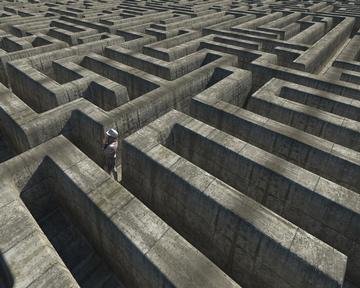Quiz Answer Key and Fun Facts
1. There is red wine, white wine, and pink wine. Portugal even produces green wine. But black wine? Yes, there is such a thing, and it's made in France. In which region is it produced?
2. You may have never heard of the small town of Cheshire, Massachusetts, but a monument there commemorates an important event that happened in 1801. What was it?
3. Sometimes otherwise rational people have some strange beliefs. What famous person was convinced there were fairies - yes, Tinker Bell type fairies, complete with wings and diaphanous gowns - fluttering around the English countryside in the 20th century?
4. "The Sorry Tale" and "Hope Trueblood" were popular early 20th century novels. What was unusual about them?
5. What do Erhard Milch, Bernhard Rogge, and Walter Hollaender have in common?
6. What was the last country in the world to make slavery illegal?
7. Play-Doh is a popular modeling compound, used by children to create a variety of small objects, such as animals, Christmas tree ornaments, etc. But it didn't start out as a toy. What was Play-Doh's original purpose?
8. The longest word in the English language that does not incorporate the letter "e" contains how many letters?
9. In 1916 the United States decided to redesign its circulating silver coinage. There were no difficulties with the dime or half-dollar, but the new quarter was hastily redesigned. What was the reason?
10. Since we started with black, we'll end with white. In 2005, Michael Keaton starred in a very creepy movie called "White Noise". The plot centered on something called "EVP". What do these letters stand for?
Source: Author
daver852
This quiz was reviewed by FunTrivia editor
Pagiedamon before going online.
Any errors found in FunTrivia content are routinely corrected through our feedback system.
